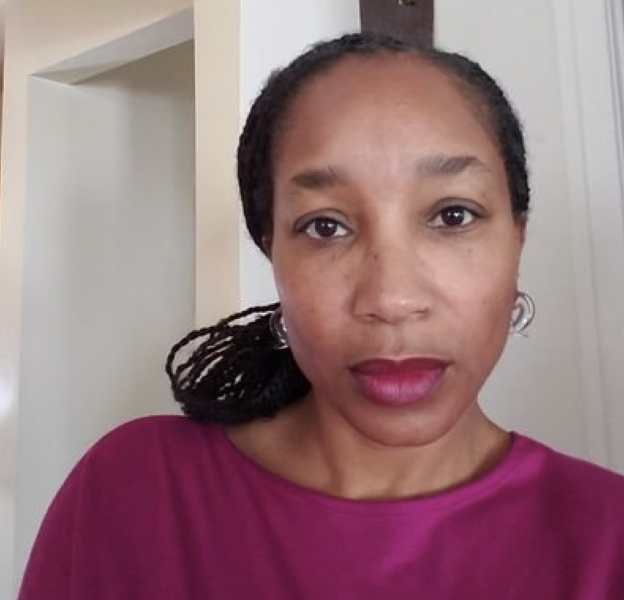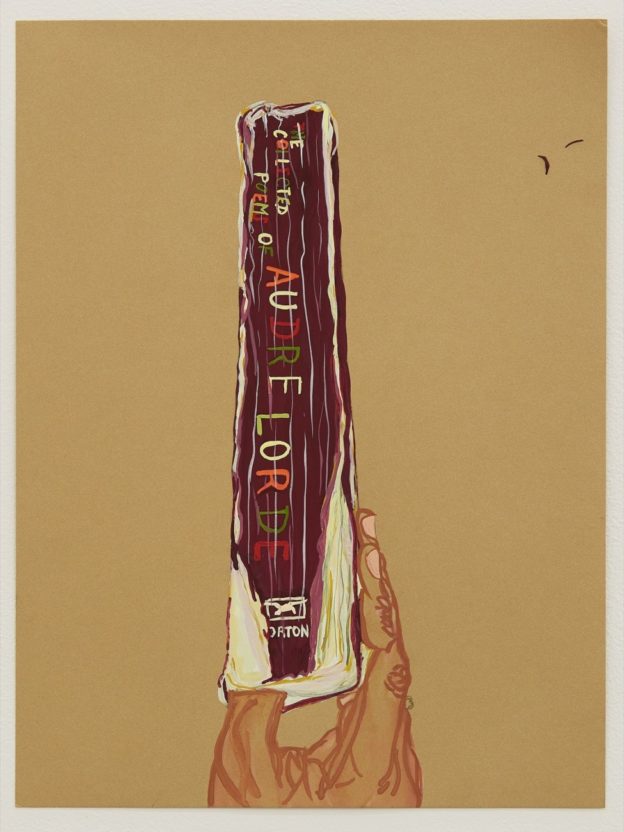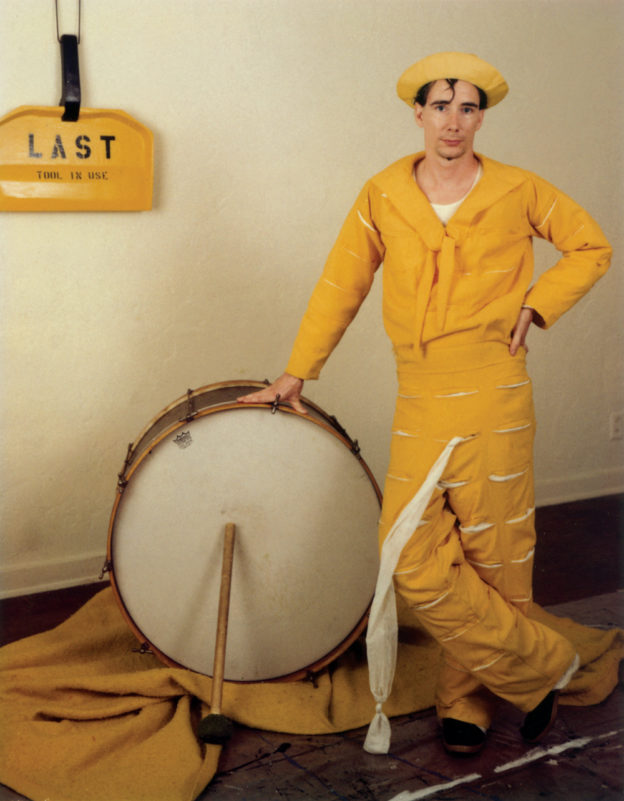I saw a call for the “Best American Experimental Writing,” and it said something like, “Bring us your weirdest, your wildest writing.” And I thought, Is that it? What creates the experimental, the innovative, the hybrid that has to be weird or wild? There’s always grace, there’s always stealth, there’s always nuance, there’s always structural intervention. And, depending on readers, one might not always notice what literary forms are being manipulated until you get uncomfortable with your expectations not being met. The tag on the book says one thing, but your experience of what you’re reading is doing something else. — Tisa Bryant*
Join Bryant—author of Unexplained Presence and a forthcoming book from Semiotext(e)—and Cauleen Smith in conversation as part of LACMA’s Confabulations series.
See link below for r.s.v.p. info.

CAULEEN SMITH CONFABULATIONS SERIES—TISA BRYANT
Los Angeles County Museum of Art
Tuesday, February 23.
6 pm on the West Coast; 9 pm East Coast.
*“Hybrid ‘I’: Tisa Bryant, Anelise Chen, Chris Kraus, and Q. M. Zhang in Conversation,” PARIS LA 16 (2018), 174–177.

From top: Tisa Bryant, courtesy of the author; Cauleen Smith, courtesy of the artist, Cauleen Smith, Sojourner (2018), digital video, color sound; Tisa Bryant, Unexplained Presence (2007), cover image courtesy and © Leon Works.


































